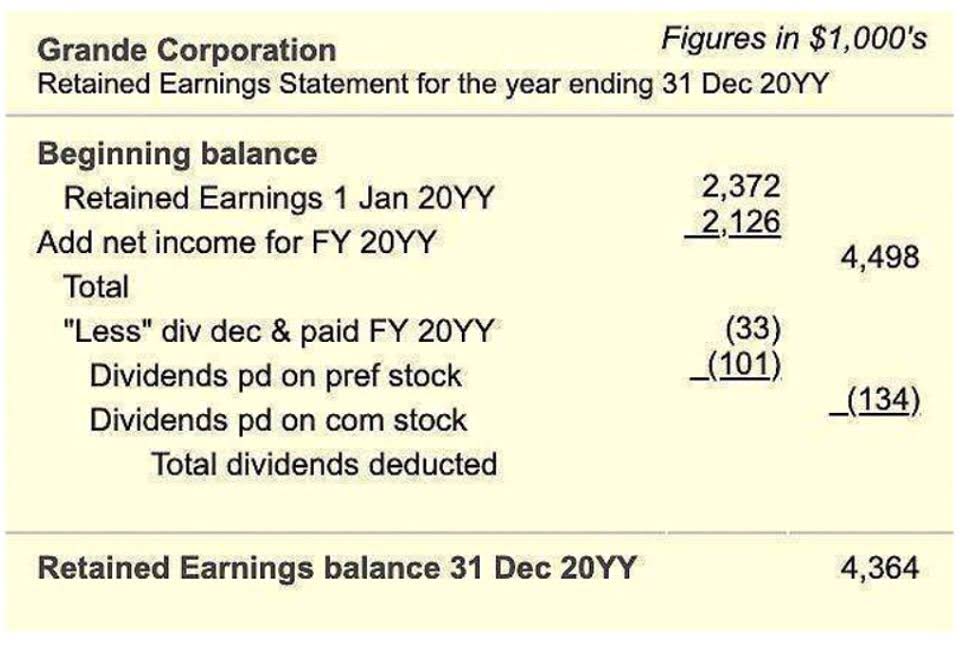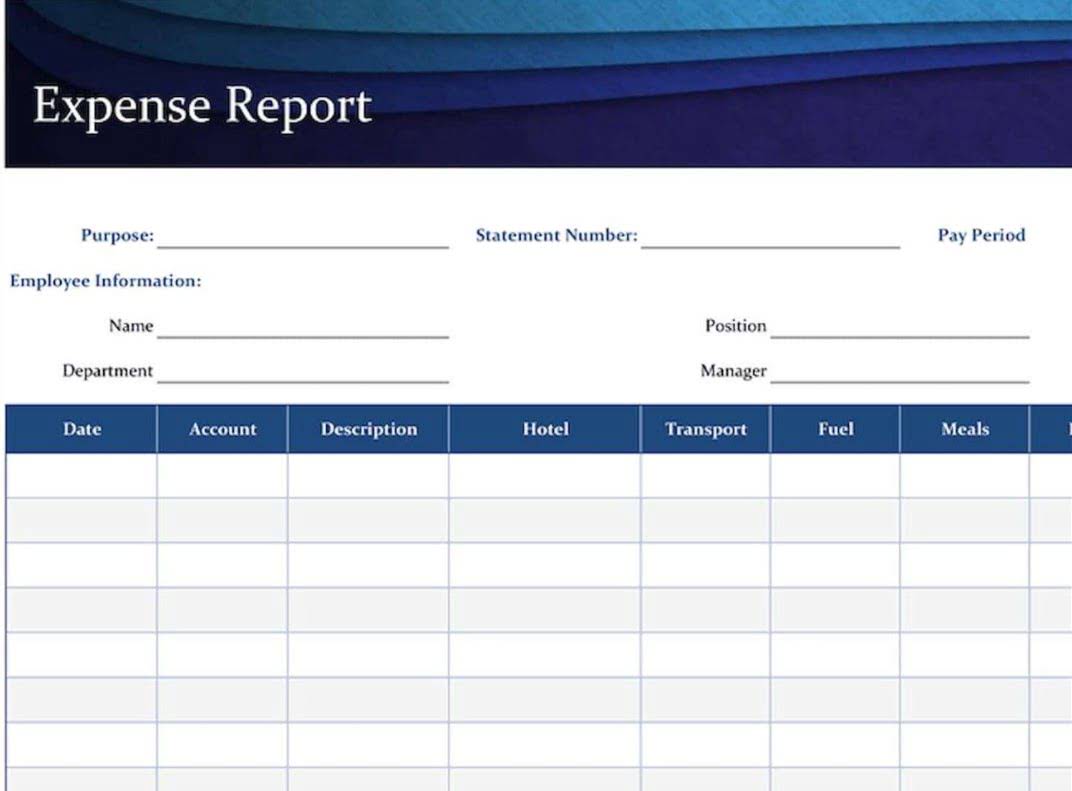
Cost of goods sold equal to the sales quantity multiply by the total cost per unit which include the overhead cost. We also use the same rate to calculate the inventory balance at the end of accounitng period. However, the variance between actual overhead and estimated will be reconciled and adjust to the financial statement. Big businesses may actually use different predetermined overhead rates in different production departments, as these may vary significantly. By having multiple rates like this, you can achieve a greater degree of accuracy.
- The price using units of production as a basis is $47,500 while the price using labor hours as a basis is $46,250.
- Similarly, as mentioned above some businesses may use it as a monitoring and control tool.
- However, whether ABC Co. made a profit or loss on the actual job can only be determined if the price of the job is known.
- In this article, we will discuss the formula for predetermined overhead rate and how to calculate it.
Predetermined Overhead Rate (Definition, Example, Formula, and Calculation)

The example shown above is known as the single predetermined overhead rate or plant-wide overhead rate. Different businesses have different ways of costing; some would use the single rate, others the multiple rates, while the rest may make use of activity-based costing. In other words, using the POHR formula gives a clearer picture of the profitability of a business and allows businesses to make more informed decisions when pricing their products or services. In this article, we will discuss the formula for predetermined overhead rate and how to calculate it. Small companies tend to use activity-based costing, whereas in larger companies, each department in which different processes of production take place bookkeeping typically computes its own predetermined overhead rate. A Predetermined Overhead rate shall be used to calculate an estimate on the projects that are yet to commence for overhead costs.

What Are the Limitations of Predetermined Overhead Rates?

(a) We commonly use direct labor hour as the basis when there is a labor intensive environment in a manufacturing company or factory. When making pricing decisions about a product, the management of a business must first understand what the costs of the product are. If the management does not consider the cost of the product when setting its price, then the price of the product may end up being too unrealistic.
- This means that for every dollar of direct labor cost a production process uses, it will use $1.50 of overhead costs.
- Suppose that X limited produces a product X and uses labor hours to assign the manufacturing overhead cost.
- For instance, a business with a labor incentive environment absorbs the overhead cost with the labor hours.
- At the end of the accounting period, the actual indirect cost is obtained and compared with the absorbed indirect.
- The predetermined rate usually be calculated at the beginning of the accounting period by relying on the management experience and prior year data.
Ask a Financial Professional Any Question
- Finally, as discussed above, some businesses may calculate their predetermined overhead rates based on historical information.
- A predetermined overhead rate is used by businesses to absorb the indirect cost in the cost card of the business.
- The activity base can differ depending on the nature of the costs involved.
- Suppose GX company uses direct labor hours to assign manufacturing overhead cost to job orders.
- We also use the same rate to calculate the inventory balance at the end of accounitng period.
In order to calculate the predetermined overhead rate for the coming period, the total manufacturing costs of $400,000 is divided by the estimated 20,000 direct labor hours. To calculate the predetermined overhead rate of a product, a business must first estimate its level of activity or units to be produced. Instead of using the numbers of units to be produced, the business may also choose another Certified Bookkeeper activity base such as labor hours or machine hours that are needed to meet the estimated level of activity. The price a business charges its customers is usually negotiated or decided based on the cost of manufacturing. This means that once a business understands the overhead costs per labor hour or product, it can then set accurate pricing that allows it to make a profit.
Enable Business to Calculate Profitability without Waiting for Actual Result

Hence, one of the major advantages of predetermined overhead rate formula is that it is useful in price setting. The predetermined overhead rate formula is calculated by dividing the total estimated overhead costs for the period by the estimated activity base. The production manager has told us that the manufacturing overhead will be $ 500,000 for the whole year and the company expected to spend 20,000 hours on direct labor. The management concern about how to find a predetermined overhead rate for costing. Therefore, in simple terms, the POHR formula can be said to be a metric for an estimated rate of the cost of manufacturing a product over a specific period predetermined overhead rate formula of time. That is, a predetermined overhead rate includes the ratio of the estimated overhead costs for the year to the estimated level of activity for the year.

This record maintenance and cost monitoring is expected to increase the administrative cost. So, the businesses need to do a cost-benefit analysis before implementing the ABC system of costing. Further, overhead estimation is useful in incorporating seasonal variation and estimate the cost at the start of the project. To estimate the level of activity, sales and production budget can be used.